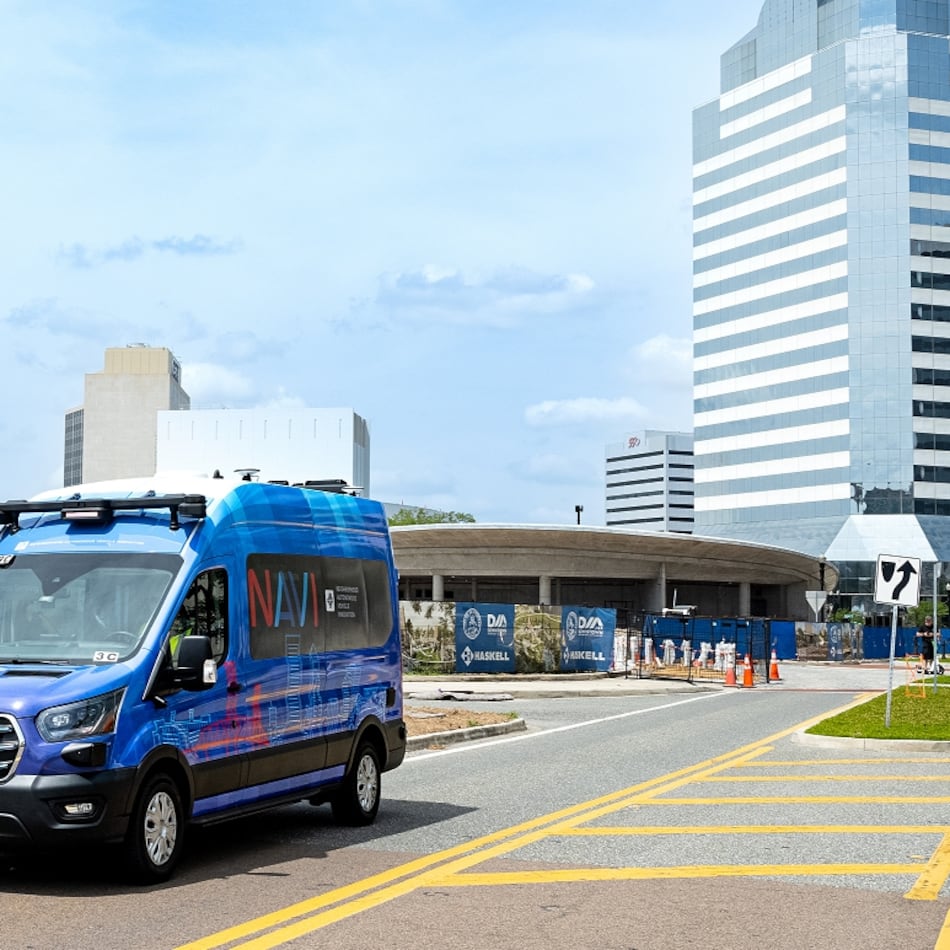It all germinated from the Southern Weed Science Society, a band of people charged with weed control from Georgia to Puerto Rico to Texas.
In 1984, Mississippi botanist Charles T. Bryson and Michael S. DeFelice, then a college professor in Iowa, discovered in each other a keen knowledge of and fascination with their “turf” — weeds.
Casual conversations led to seasons of traipsing hill and dale, hundreds of species studies and years amassing data.
The result: “Weeds of the South” (University of Georgia Press), an exhaustive publication led and edited by the two friends.
Just what is a weed?
“Weeds,” the co-editors have written, “are usually plants that grow spontaneously and prolifically in habitats that have been modified by human activity.”
For Bryson and DeFelice, “one person’s weed is another person’s wildflower.”
Southern weeds have wide-ranging properties. Some are toxic to animals that graze. Marauders like kudzu, in Bryson’s words, “litter the landscape.”
Some weeds, like painted poinsettia, also known as wild poinsettia, are variations on the cultivated Christmas poinsettia. Others, like pasture hawthorne and maypop passionflower are said to have been introduced to the Southeast by Native Americans centuries ago as food sources.
Edible wild plants and flowers have been in vogue throughout advanced cultures worldwide for thousands of years. Although they went out of fashion, they’re experiencing a resurgence.
Basal, or lower, stems of the common cattail can be eaten. The two men explain that the tuber of yellow nutsedge is the source of horchata de chufas, dubbed by Spaniards the “drink of the gods.”
Field pansies and common blue violets can be eaten. Flowers from both are candied and sometimes used to decorate desserts.
The leaves of common purslane, also known as wild portulaca, can be substituted for spinach, mustard greens or collard greens. They also can be used raw in salads.
Exploring the fact and folklore of Southern weeds led Bryson and DeFelice to look at the weeds of Midwestern states. The resulting manuscript is finished and submitted.
About the Author
Featured
